Historical Fencing Is a Combination of Sport and Chivalrous Virtues
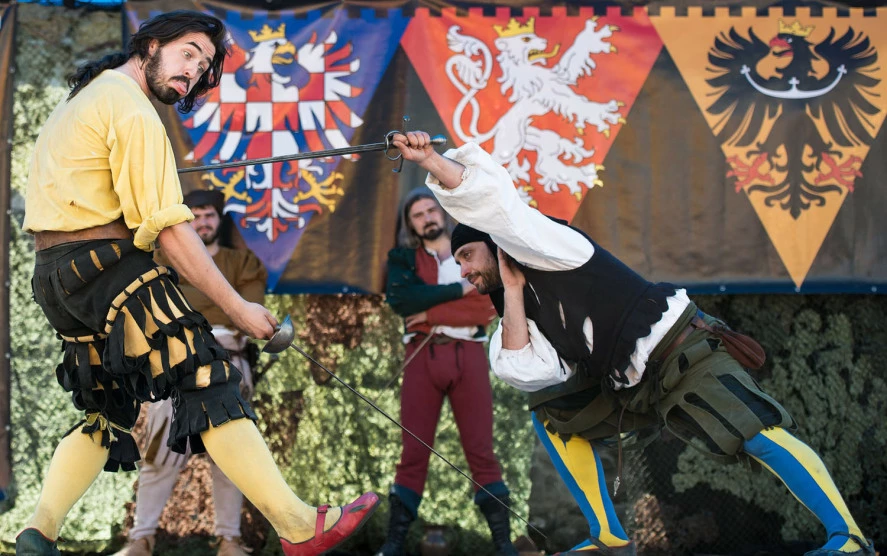
Contents
Today, fencing is considered to be a sporting-hobby activity and it is taught as such. Anyone can join a fencing group or school, but it isn’t such a simple task. The art of fencing was popular mainly in the pre-war era, when it was practiced by members of the upper classes, as they considered it a very noble sport. Later, it became known to other classes in society, mainly thanks to the Sokol organisation’s activities.
These days, teaching fencing takes place on a historical basis, i.e. textbooks and various handbooks written by swordsmen with many years’ experience. The lessons can be divided according to weapons or schools. If you’re interested in fencing, you can learn to fight with swords, the Thirty Years' War or become a member of a group engaged in the Hussite era.
Tough Fencing School? It’s Not Just the Past, You Can Even Experience It Today
Whichever group you decide to join, don’t expect to be presented with a costume and sword immediately. It’s important to realise that historical fencing is a combination of sport and art. Therefore, the swordsman should be physically fit and resilient. Although safety is taken into account in the arranged fights and battles, many fighters come out with bruises and, in exceptional cases, even cuts or fractures. For this reason, every beginner should bear-in-mind that good physical condition is a very important starting point.
Teaching varies based on content, scope and focus. Fencing masters train in the form of several-day seminars as well as regular lessons. The vast majority of beginners are not given a metal fencing sword. Same as in history, they first begin fighting with training weapons made of wood or polypropylene. After a while they are moved on to real steel weapons. But even a well-aimed blow with a wooden weapon can knock a person to the ground and give them a few bruises. Don’t expect gentle treatment here, in the past the knights also had to overcome a number of inconveniences in order to earn their place in a group of warriors. On the other hand, there is no need to worry too much. During the lesson, each coach makes sure that no one is seriously injured. Safety is one of the main elements, which is why newcomers are given wooden swords in the beginning.
Are Swordsmen Just Athletes in Costume?
Choosing a group is one of the most important decisions. You will not work independently, even with this hobby you need to have a team spirit. Following the history, men in similar groups often tend to behave according to chivalrous principles. Therefore, you can often expect to find real friends, honest partners in a combat and life. Fencing groups are far from only focused on combat techniques. Along with the art of controlling a weapon, you can also become involved with history and contemporary art.
Although fighting methods differ across the focus of the groups, all swordsmen have one thing in common. Everyone should respect the fair fighting principles. There is also an interesting rule – an opponent isn’t responsible for all injuries, but insufficient self-defence.
Stage Fencing Isn’t Just Sword Waving
Fencing is generally a fight between two opponents, who try to hit each other using trained elements with more or less the same weapon, while simultaneously defending themselves from being hit. Whether we’re talking about fencers in a hobby group or those performing a show for visitors in a courtyard, it’s a combination of physical and mental skills.
Strength in fencing doesn’t always equate to an advantage. The fighter’s main effort is to eliminate the opponent from the fight, for this reason, they should be able to anticipate their movements and react to them in time. At such a moment, it doesn’t matter much whether they are both dressed in period costumes or run around the gym in tracksuit trousers.
What Is the Ideal Preparation for Fencing?
Fencing represents fast reflexes, dynamic movements and very often arrhythmic changes. During the fight, the fighters go from a calm position to a sharp attack and back again. Therefore, exercise with regular movements or endurance disciplines that are repeated monotonously isn’t entirely suitable for physical training. Therefore, you shouldn’t choose swimming, endurance running, cycling and so on as a complementary sport. Fitness centres are popular, but if you’re interested in fencing and regularly practice series on fitness machines, you’re building an incorrect muscle structure.
On the other hand, you could use sports such as basketball, volleyball, fast reflexes sports such as ping pong or obstacle running and sprinting. It’s necessary to bear-in-mind that even a persistent swordsman dynamically changes speed of movement.
You Need Tactics and Etiquette Alongside the Sword
Of course, the basis of fencing is a sword, which should be part of an experienced swordsman’s equipment. If you’re just starting out, wait until you’ve mastered the basic fighting techniques, then get a sword. In the first few lessons, it would be useless to you anyway, because you’ll be using wooden swords. You’ll hold the historical fencing sword in your hands after some time.
That’s definitely not all. Etiquette is also part of the art, which can be explained as a set of rules and regulations for combat behaviour as well as within the group. We practice martial arts in order to develop our own strengths, enjoy the joy and learn things that we can transfer to everyday life. If we learn to follow the rules of conduct, the basics of honour and fairness in a fencing room, we become better people in everyday life. With or without a weapon in our hand, the right swordsman should always act honestly and in accordance with moral rules.

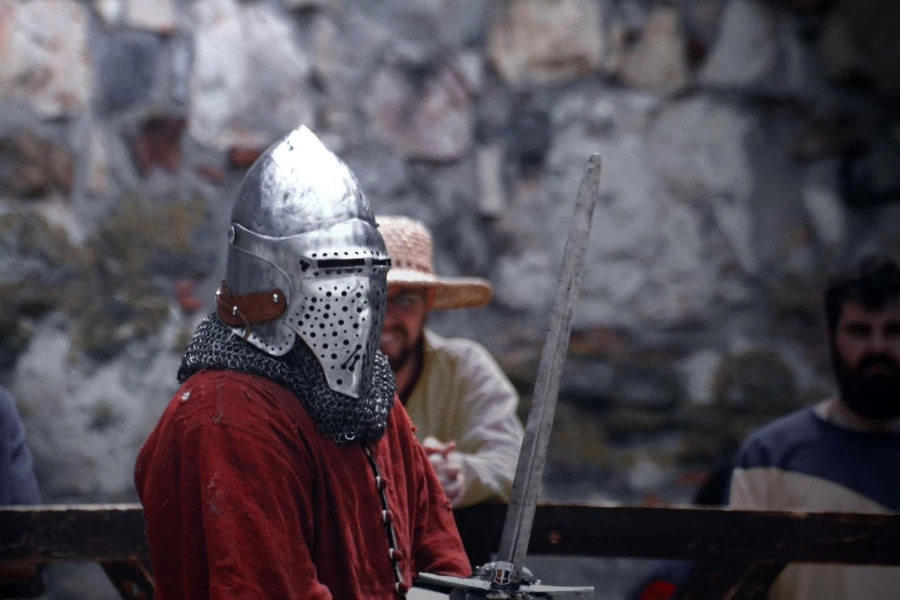
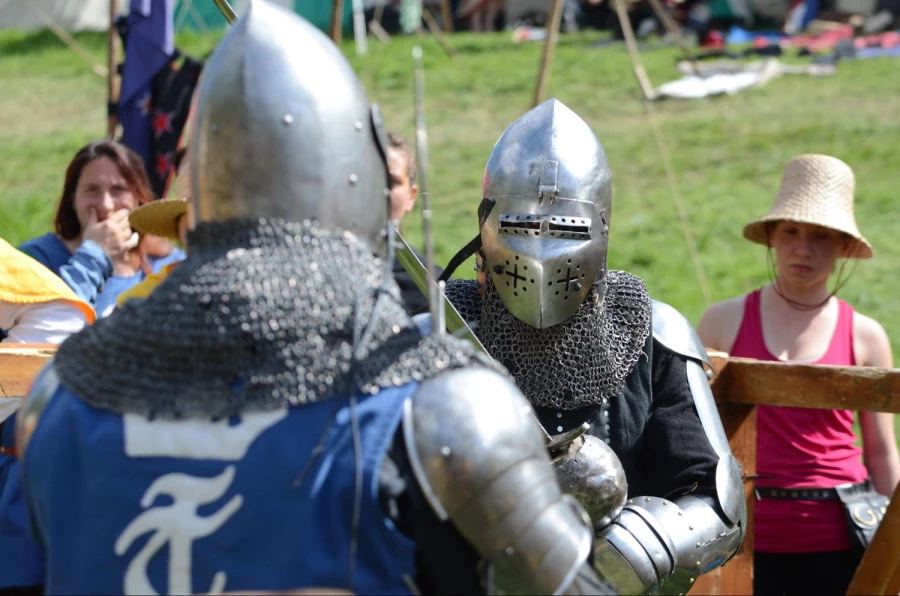
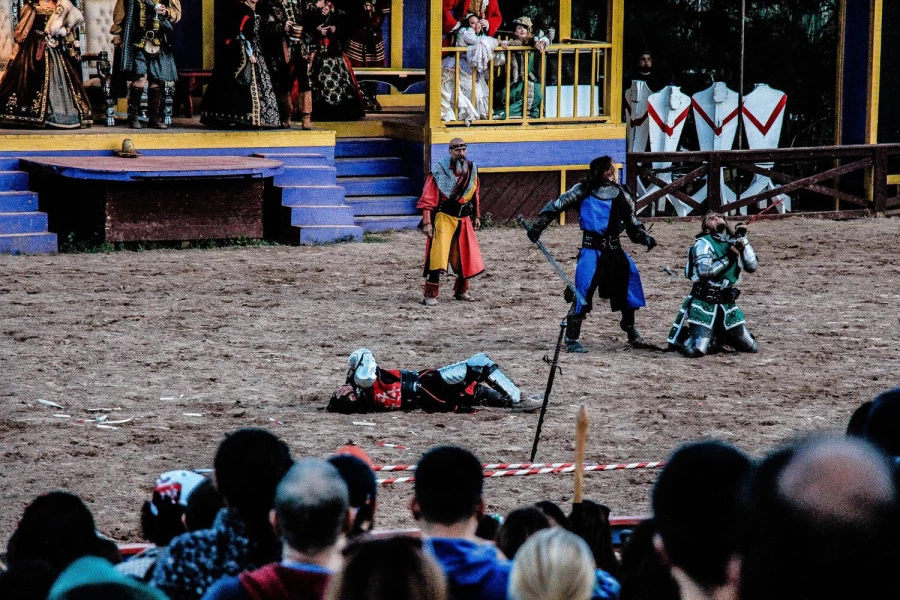
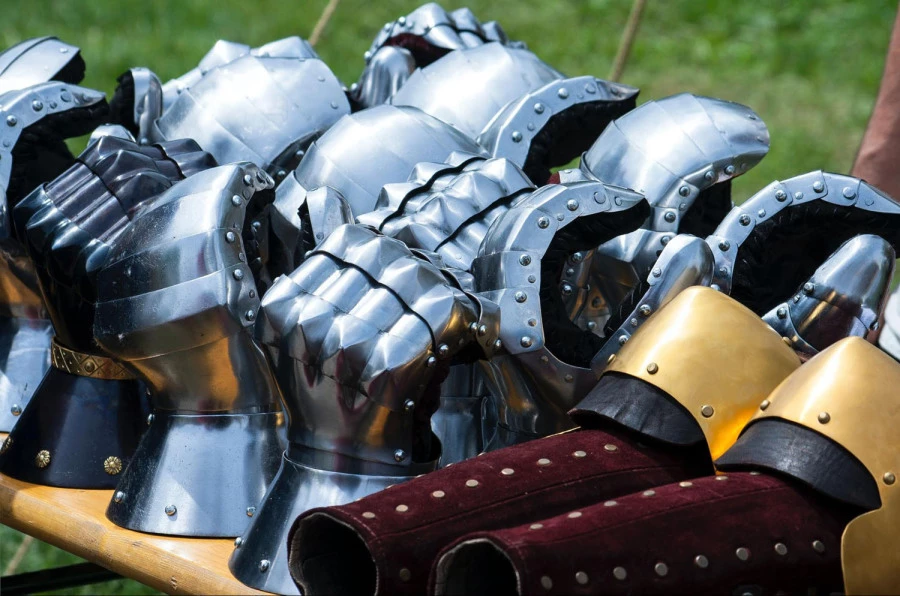
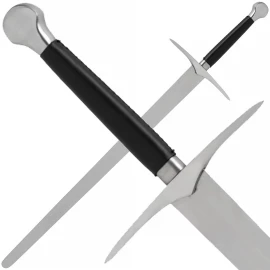

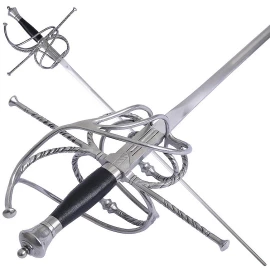
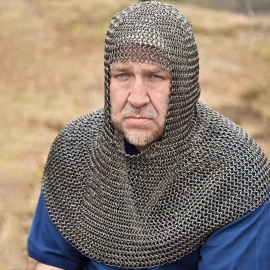
Comments